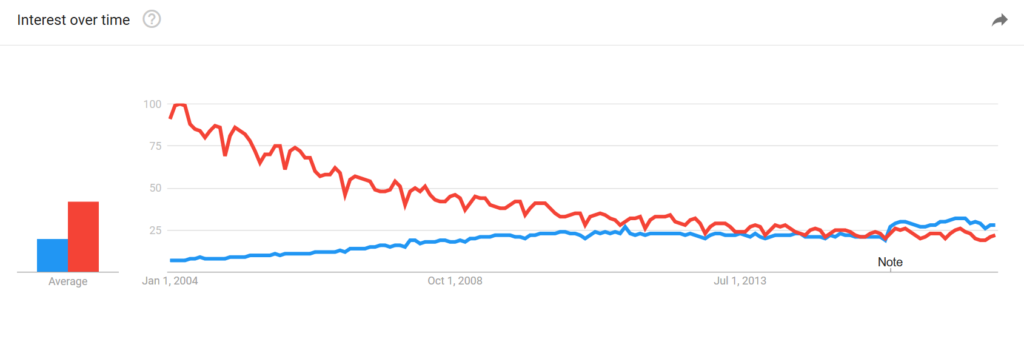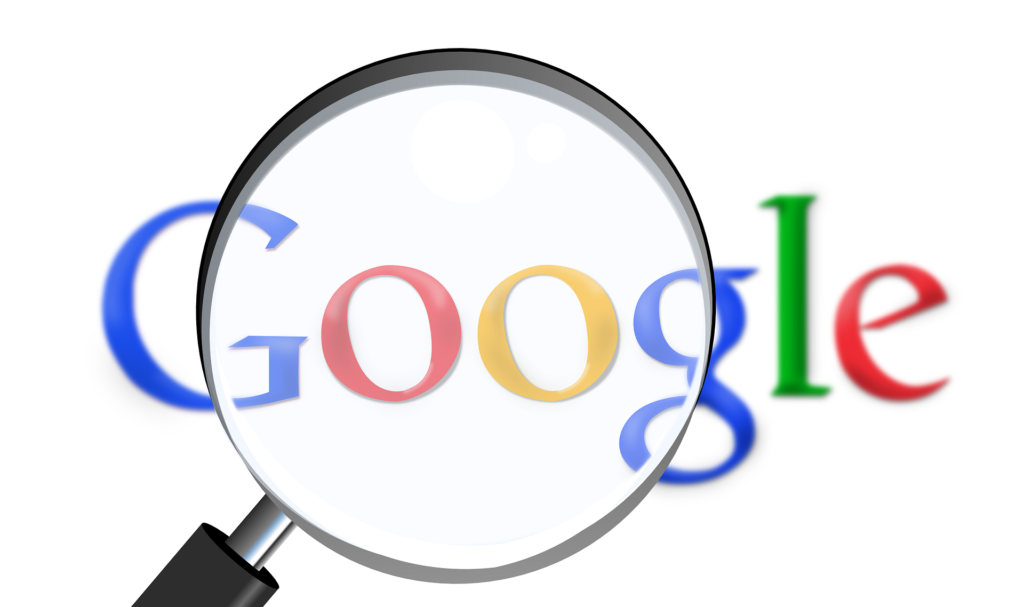What is SEO?
The biggest SEO secret out there is this: it’s not all that hard.
There are hundreds of simple changes you can make to your site and ways to build links to it that could almmost be part of your daily routine.
And, in fact, they should.
But to many business and website owners, and to many marketers, SEO remains as impenetrable as the darkest jungle.
So, in the next few posts, I’m going to start hacking down some vines.
Oooh, I feel all Ray Mears!
If you have ever stared at the search pages and wondered why you are not there, then these posts are for you.
They are taken from a book I’ve written that aims to make SEO accessible and, more importantly, usable to anyone who has been dazzled by the smoke and mirrors that those who practice SEO can often unwittingly generate.
(And I’ll include a link to it at the end of each post – hey, I’ve got to fund these jungle expeditions somehow!)
But, I’ll kick off with some basics:
Just what is SEO?
Good question! Let’s keep things simple:
- SEO stands for search engine optimisation.
- It is part of a happy family of activities that fall under the banner of search engine marketing (SEM).
- And what it really boils down to is this:Making each page on your website rank as high as possible on a search engine’s results page for a particular phrase (or keyword).
The reasons for practicing SEO are just as easy to understand:
- The higher you appear on a search engine’s pages the more likely you are to get traffic (visitors) to your site.
- And the more traffic you get the more awareness, sales, interest, leads or enquiries you will receive.
Skyrockets and SEO
SEO certainly isn’t rocket science, and don’t let anyone tell you any different. But interest in SEO has has skyrocketed over the last 15 years.
Take a look at the way searches for the term ‘SEO’ have zoomed into the stratosphere. Here’s the growing trend for searches for the term ‘SEO’ on Google itself:

If you compare this to how, say, the search term advertising has fared:

That’s advertising, there in the red making a graceful twirl as it plummets mercilessly to the floor, a fixed smile upon its face.
Meanwhile, by comparison, SEO searches in blue have more than trebled during this time.
Bye, bye advertising.
And hello SEO.
Understanding SEO
This continually rising interest is no doubt linked to the importance of search as a driver for business growth.
Yet, there is another reason so many people search for ‘SEO’: unfortunately, it feels to many like a complete mystery.
And they are trying to unravel it.
SEO experts are seen as the holders of a dark science and their masonic handshakes and impenetrable utterings simply baffle those who try to enter their secret society.
Over the next few posts I’m going to show you that the biggest secret of SEO is that, with a little understanding, it’s not that difficult to start practicing the dark art yourself.
And it’s not all that dark, either!
The dark side of SEO
Welcome to the wonderful world of SEO.
If you wouldn’t mind checking your black hat in at the door, that would be great.
In SEO parlance, black hat tactics refer to practices that are ‘bad’. (In just the same way that the ‘baddy’ in a Western movie always wears a black hat.)
These tactics try and boost a site’s rankings but go against the search engine’s terms of service or guidelines. It is these that Google has had firmly in its sights in its war against web spam.
Its targeting of ‘bad’ links and of ‘thin’ content are all part of the white-hatted Google’s showdown with the black-hatted web spam posse.

An unexpected side effect of Google’s war on spam, however, has been that the good guys are now scared to move for fear of drawing gunfire. Website owners often feel unable to optimise their site for fear that they will break the rules.
But there is no need for you to feel like a damsel strapped to the railway line with the Google train bearing down on you.
Google and other search engines are explicit about what is black and what is white. It’s no secret what you can and can’t do.
This is from Google’s Webmaster Guidelines:
“Avoid the following techniques:
• Automatically generated content
• Participating in link schemes
• Creating pages with little or no original content
• Cloaking
• Sneaky redirects
• Hidden text or links
• Doorway pages
• Scraped content
• Participating in affiliate programs without adding sufficient value
• Loading pages with irrelevant keywords
• Creating pages with malicious behavior, such as phishing or installing viruses, trojans, or other badware
• Abusing rich snippets markup
• Sending automated queries to Google
Follow good practices like these:
• Monitoring your site for hacking and removing hacked content as soon as it appears
• Preventing and removing user-generated spam on your site
If your site violates one or more of these guidelines, then Google may take manual action against it. Once you have remedied the problem, you can submit your site for reconsideration.”
Now, hold on a mo.
Before you scurry off to try to digest these guidelines, let’s make it much easier for you.
There is a really simple litmus test that you can apply to be sure of whether you will break any guidelines or not.
There’s no bullet points needed and no long lists of do’s and dont’s.
All you need to do is this:
Simply ask yourself if what you are about to do will add value for the user.
Next, ask yourself if you are doing it to help clarify what your page is about for the search engine.
And if it doesn’t help the user – or clarify things for the search engine – then you are just doing it to get higher rankings and game the system.
And that is called webspam.
Your black hat was left by the door, pardner.
It’s time you left town.
History tells us that time and time again that black hat practices, even those exhibiting 50 shades of grey, get caught up in a sweep of penalties or a punitive algorithm change.
Maybe not today, maybe not tomorrow.
But soon.

Google puts it even more succinctly:
“Focus on the user and all else will follow”.
And, in essence the best SEO is all about this. Giving the searcher what they want, making it easy to find and rewarding to find it.
At it’s heart it’s that simple.
It’s just when you dig a little deeper it begins to get that bit more complicated.
Over the next few posts we will dig a little deeper together.
Because guess what?
There’s gold in them thaar hills!
Get the Fast track SEO course at Amazon and get optimising.
Or hold fire for the next in this series of posts.

